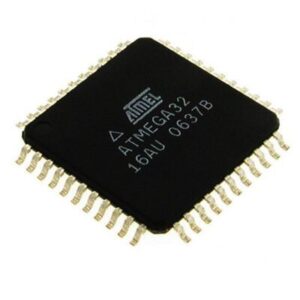Break AVR Chip ATMEGA32 Flash Software can help engineer to crack atmega32 microcontroller protection over flash memory and then recover heximal file from atmega32 protected mcu;

During Reset, all I/O Registers are set to their initial values, and the program starts execution from the Reset Vector. If the program never enables an interrupt source, the Interrupt Vectors are not used, and regular program code can be placed at these locations. This is also the case if the Reset Vector is in the Application section while the Interrupt Vectors are in the boot section or vice versa. The circuit diagram in Figure 14 on page 38 shows the Reset Logic. Table 15 on page 38 defines the electrical parameters of the reset circuitry.

The I/O ports of the AVR are immediately reset to their initial state when a reset source goes active. This does not require any clock source to be running by extracting avr mcu atmega32 source code.
After all reset sources have gone inactive, a delay counter is invoked, stretching the internal reset. This allows the power to reach a stable level before normal operation starts. The time-out period of the delay counter is defined by the user through the CKSEL Fuses. The different selec- tions for the delay period are presented in “Clock Sources” on page 26.

The ATmega32 has four sources of Reset:
Power-on The MCU is reset when the supply voltage is below the Power-on Reset threshold (VPOT)
External The MCU is reset when a low level is present on the RESET pin for longer than the minimum pulse length
Watchdog The MCU is reset when the Watchdog Timer period expires and the Watchdog is enabled to readout atmega32 mcu firmware file
Brown-out Reset. The MCU is reset when the supply voltage VCC is below the Brown-out Reset threshold (VBOT) and the Brown-out Detector is enabled

